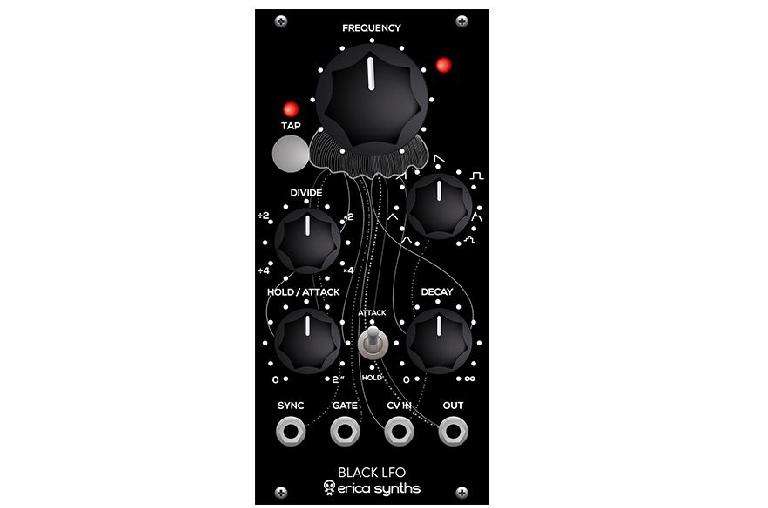So you’ve spent some time studying the art of synthesis. You’ve bought an analog synth. You’re ready to exit the beginner stage and wade into the deeper waters. Last month we spent some time going over the basics. This month, we’re going to dive a bit deeper. Here are 4 bits of technique and terminology you can start working on once you’ve mastered subtractive synthesis basics.
LFO And The Perception Of Sound
Your synth’s LFO (Low Frequency Oscillator) can be a beautiful thing, and it can also be a subject of deep philosophical conversation. Most of the time in synthesis, you don’t hear the LFO itself - you hear the effects that your LFO has on your sound. It’s like Schrödinger’s Cat, but for music! It’s both ‘there’ and ‘not there’.
Your LFO will oscillate at a certain rate, and you’ll most often be able to ‘map’ it to control an aspect of your synth. If you tell your LFO to control pitch, you’ll hear the pitch of your sound go up and down at whatever rate your LFO is set. Many synths will allow you to control multiple parameters with your LFO - filter cutoff, wave shape, pulse oscillator width… you name it!
FX Madness
Many synths have built-in effects. After all, the synth sound can be so ‘dry’ on its own - so adding some ambiance is often a must. Synth effects can often be pretty minimal, though. Even the more expensive flagship analog synths often only come with reverb and delay. If you’re going to use a synth frequently, you may want to invest in an FX pedalboard, multi effect pedal, or rack mounted effect unit.Many effects that you may want to use may require tempo synchronization, which is why with synths I often recommend a multi-effects unit over individual pedals when possible. You can often use the MIDI out from your synth and send tap tempo information to your pedal as well to keep everything synced up.
Synthesis Types
After you’ve conquered subtractive synthesis and dipped your toe into FM, don’t stop there! There are a lot of really cool ways synthesizers are making sound in this modern era. Granular synthesis is one of my favorite modern synth methods. With granular, you’re using a sound sample and playing back a small piece of it (called a ‘grain’), usually from 1 to about 50 milliseconds. You can imagine how much sonic information you have to work with in a simple sound clip! You can scan through the entire clip and find the coolest bit of sound, make adjustments, and have an endless source of sound producing material! After granular, have a look at additive, phase distortion, physical modeling, wavetable, paraphonic - the possibilities are endless and there are so many choices ‘beyond the envelope’ of subtractive these days.
Modular Synthesis
Modular synthesis is becoming incredibly popular as more and more manufacturers create modules in the Eurorack format. With modular synthesis, you can basically build your own system or synth without having to know anything about soldering, engineering, or electronics. Your synth has an oscillator section. Your synth has a filter section. Imagine if you could use the oscillator from one synth and then the sweet filter from another - that’s all possible with modular synthesis!
With a modular system, you can put each ‘module’ separately into a rack housing and create your very own ‘Franken-synth’. You can buy an oscillator from one company, a filter from a second, and a cool delay module from a third. You then patch it all together, send the signal to your speakers, and bam - you’re making music with a synth you designed yourself. Modular synths don’t have keyboards by default, so you’ll be making music by altering the knobs and parameters, using a sequencer, or with a keyboard that generates control voltage which modular synths understand.





 © 2024 Ask.Audio
A NonLinear Educating Company
© 2024 Ask.Audio
A NonLinear Educating Company
Discussion
Want to join the discussion?
Create an account or login to get started!